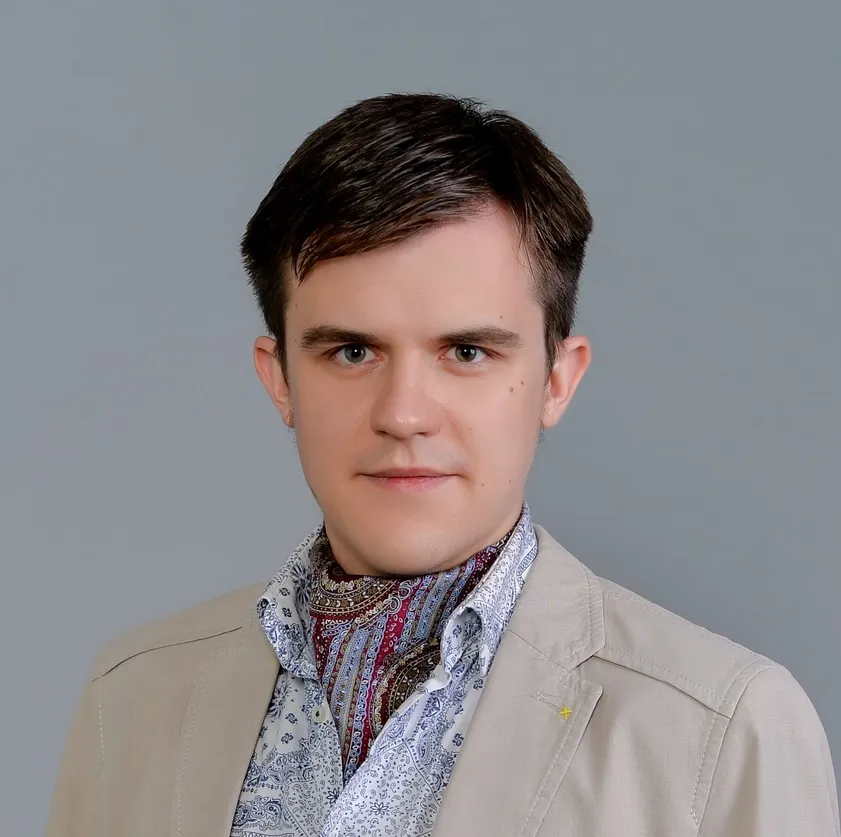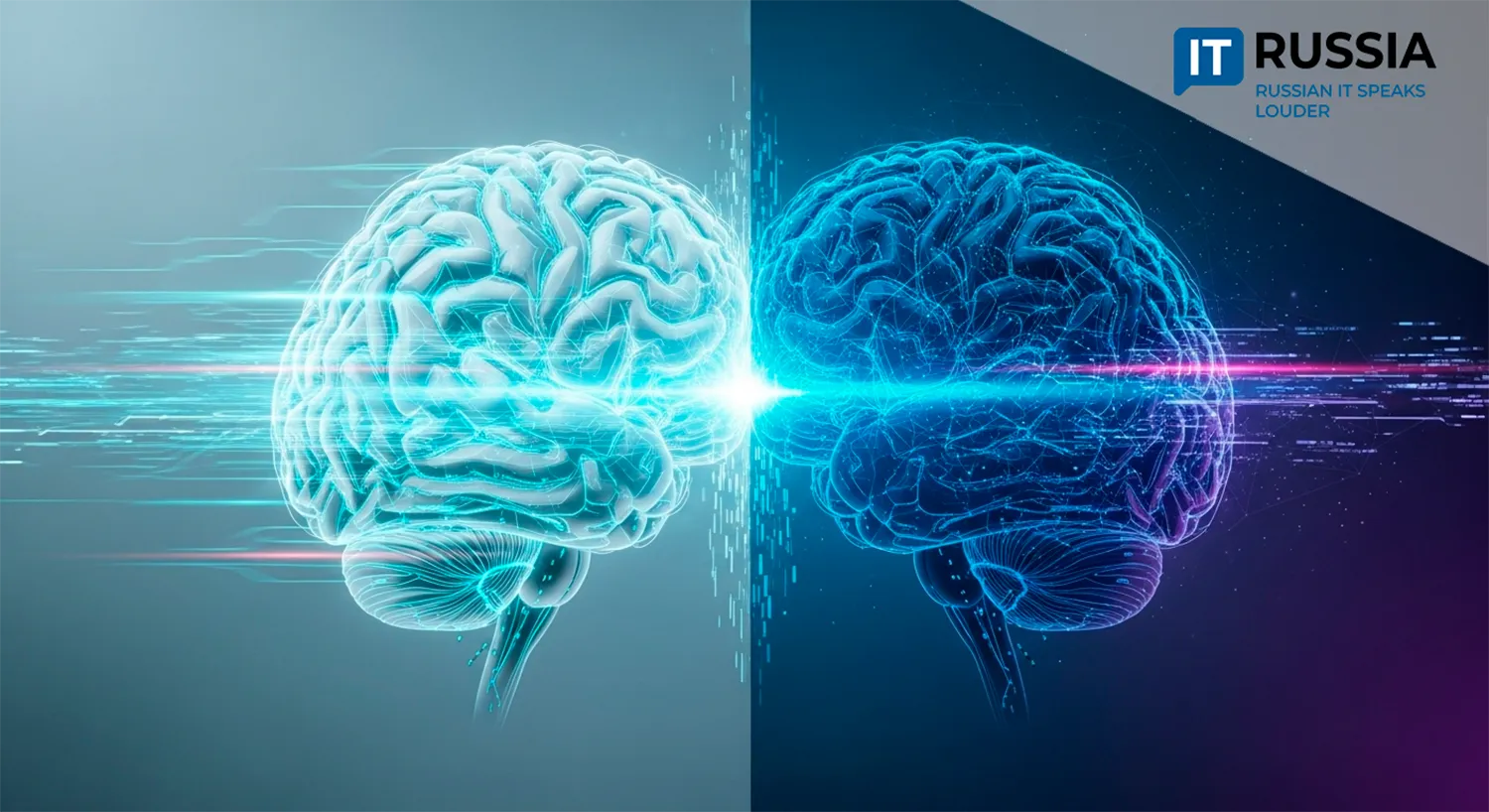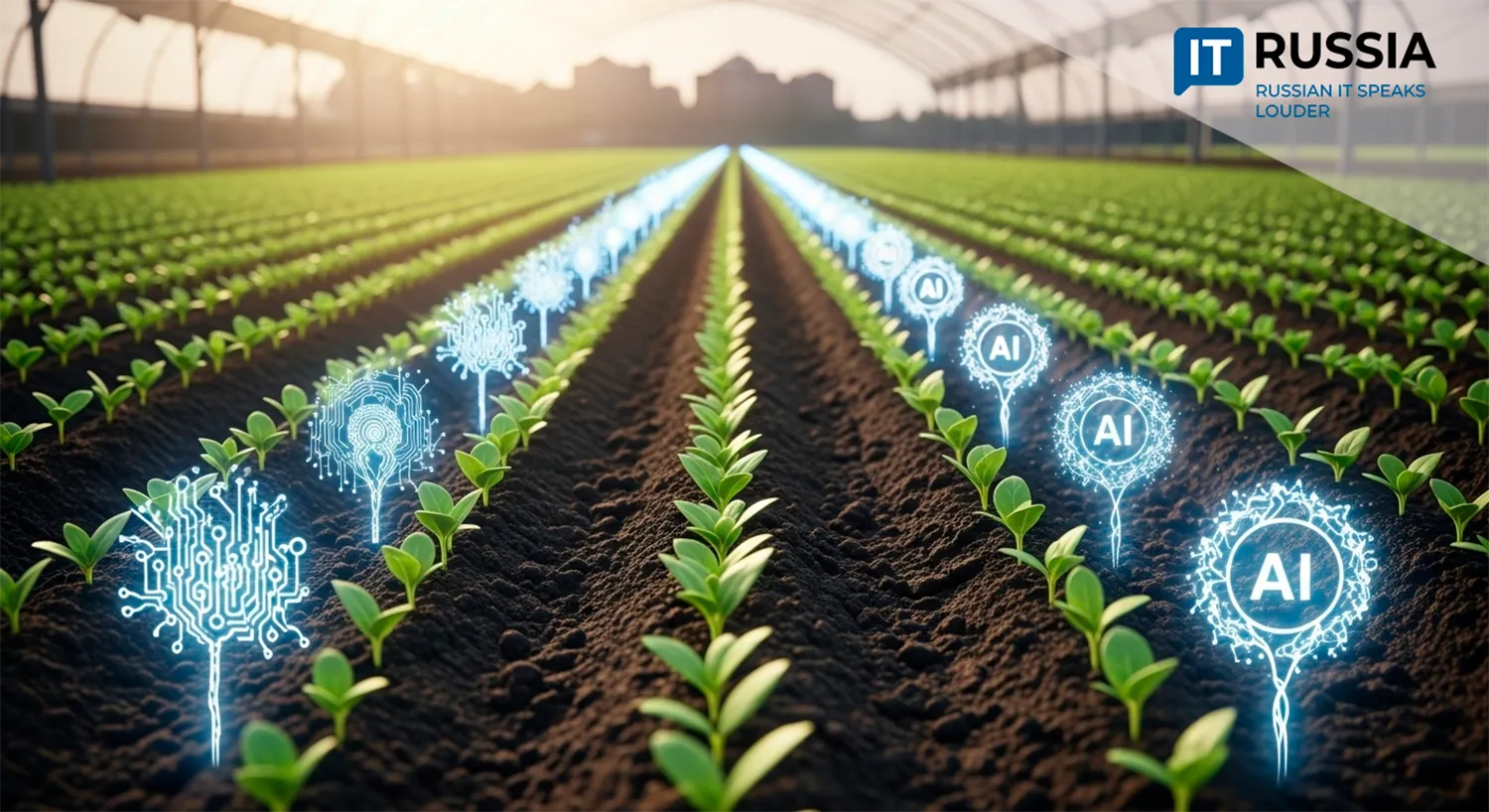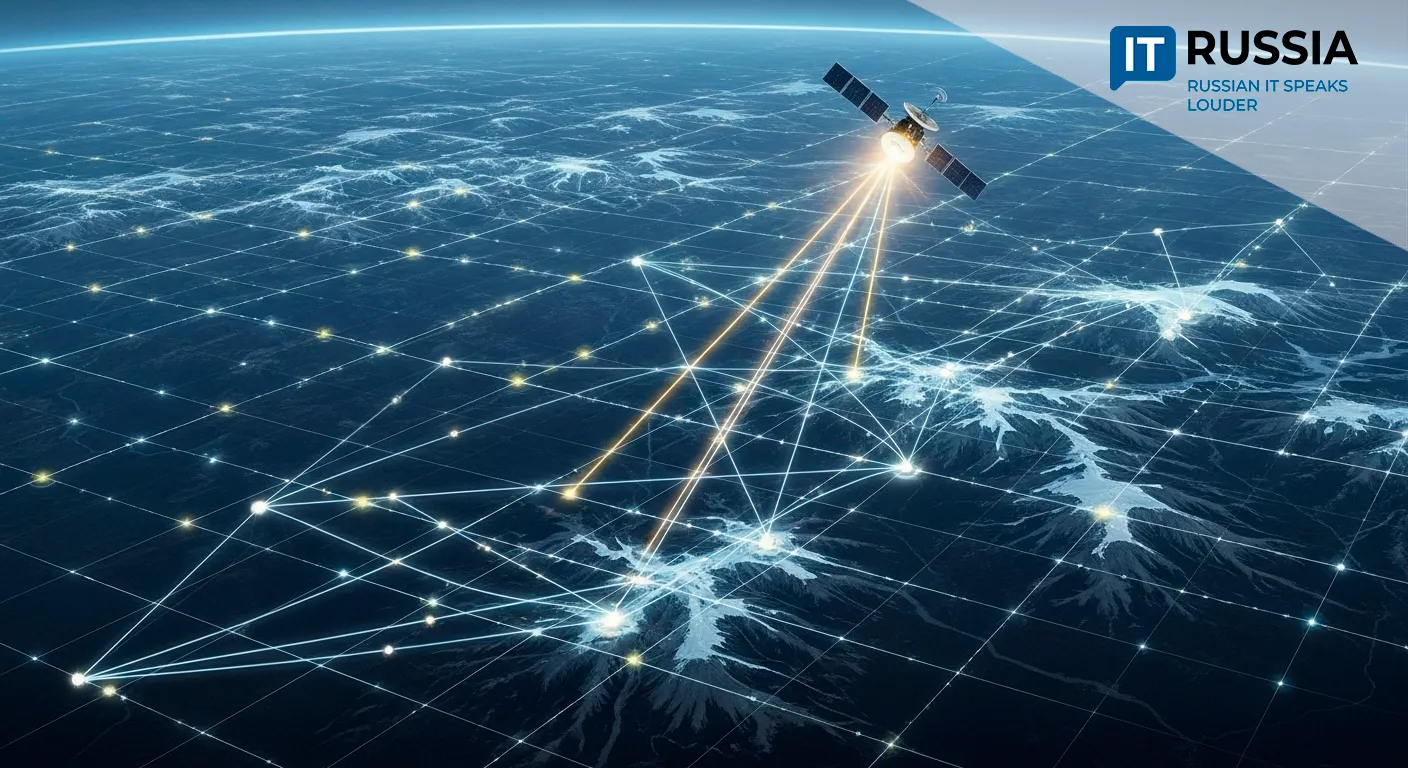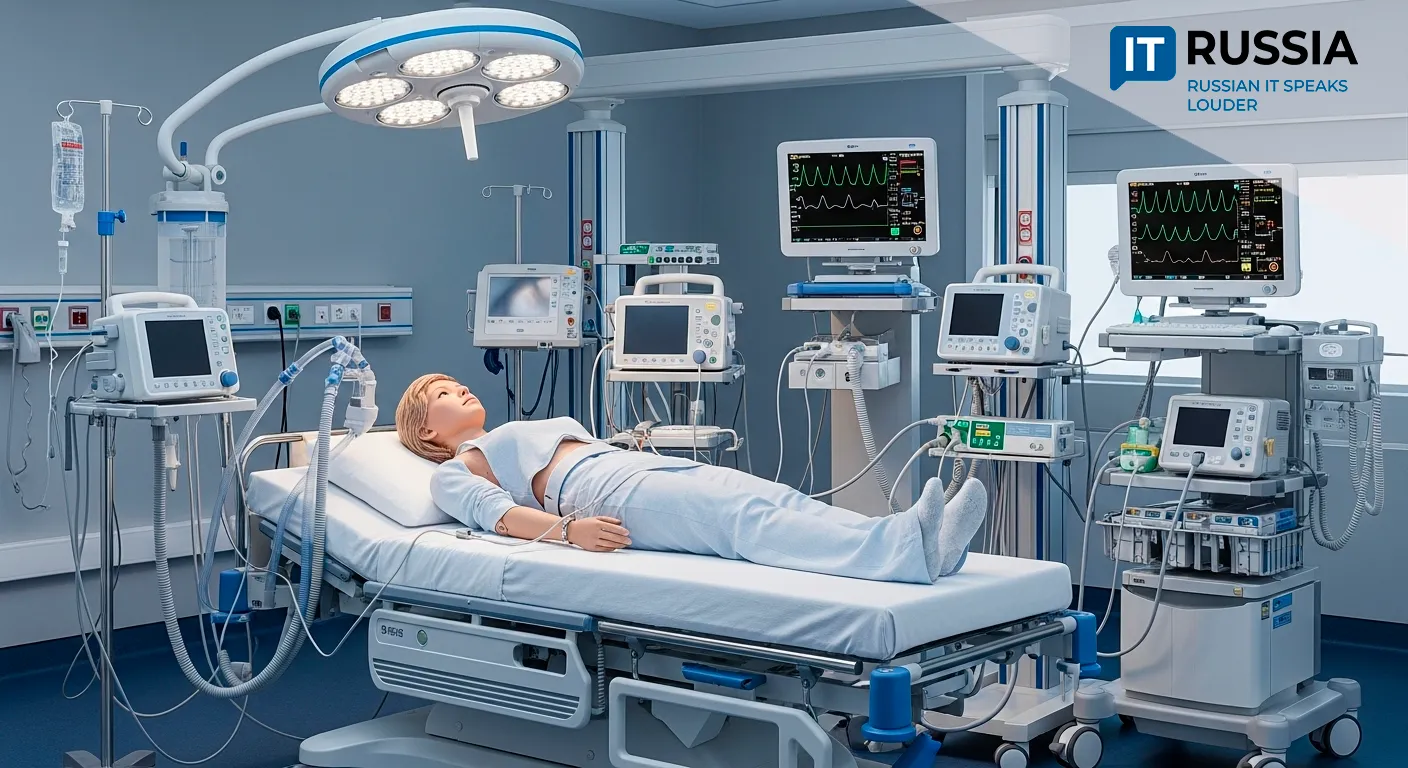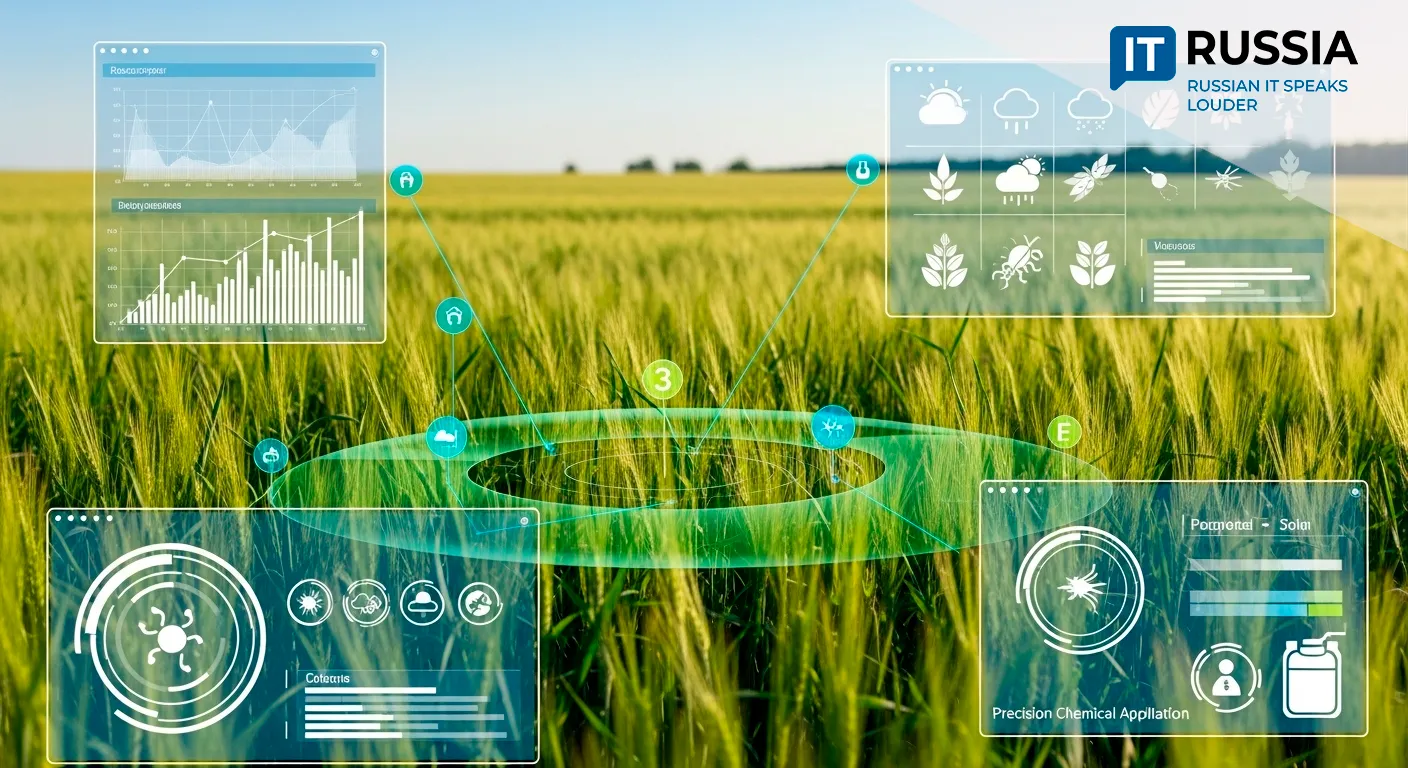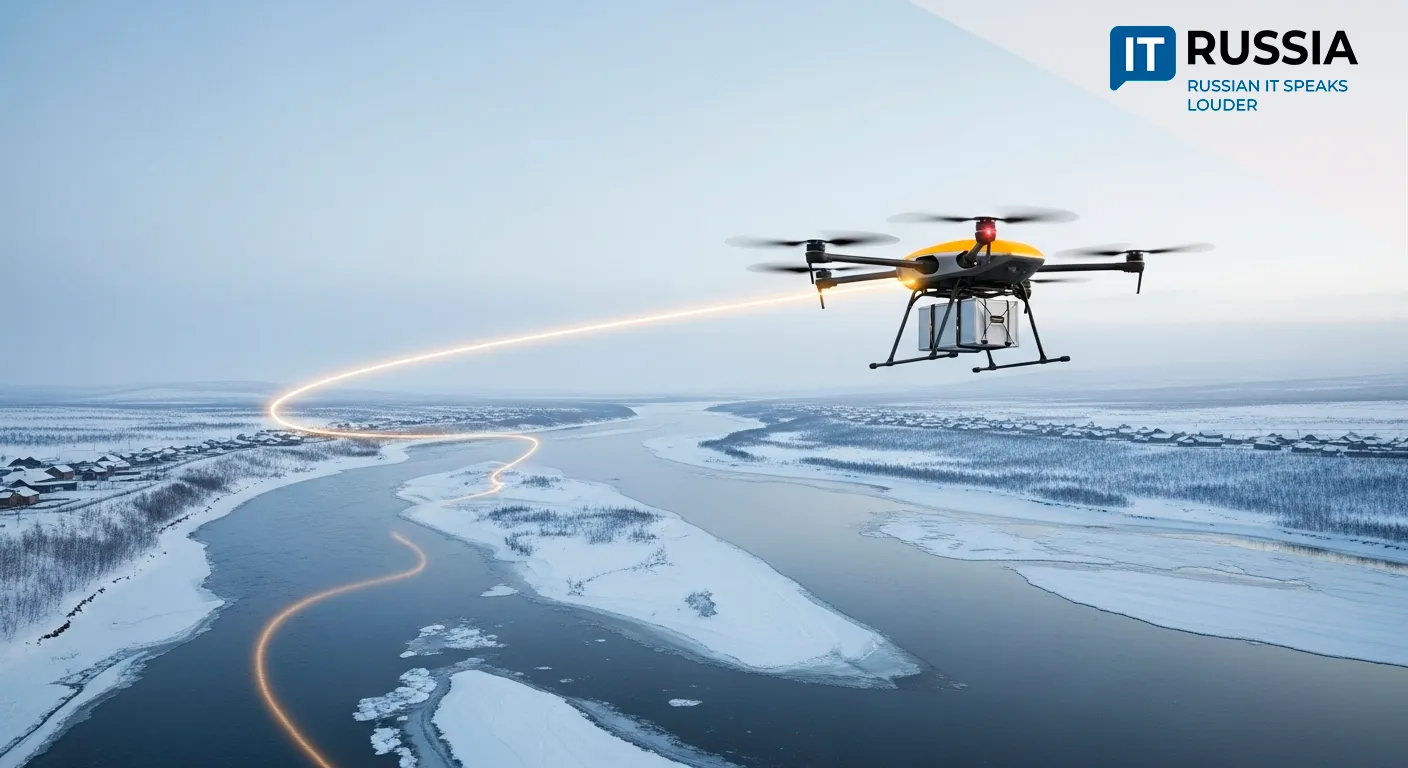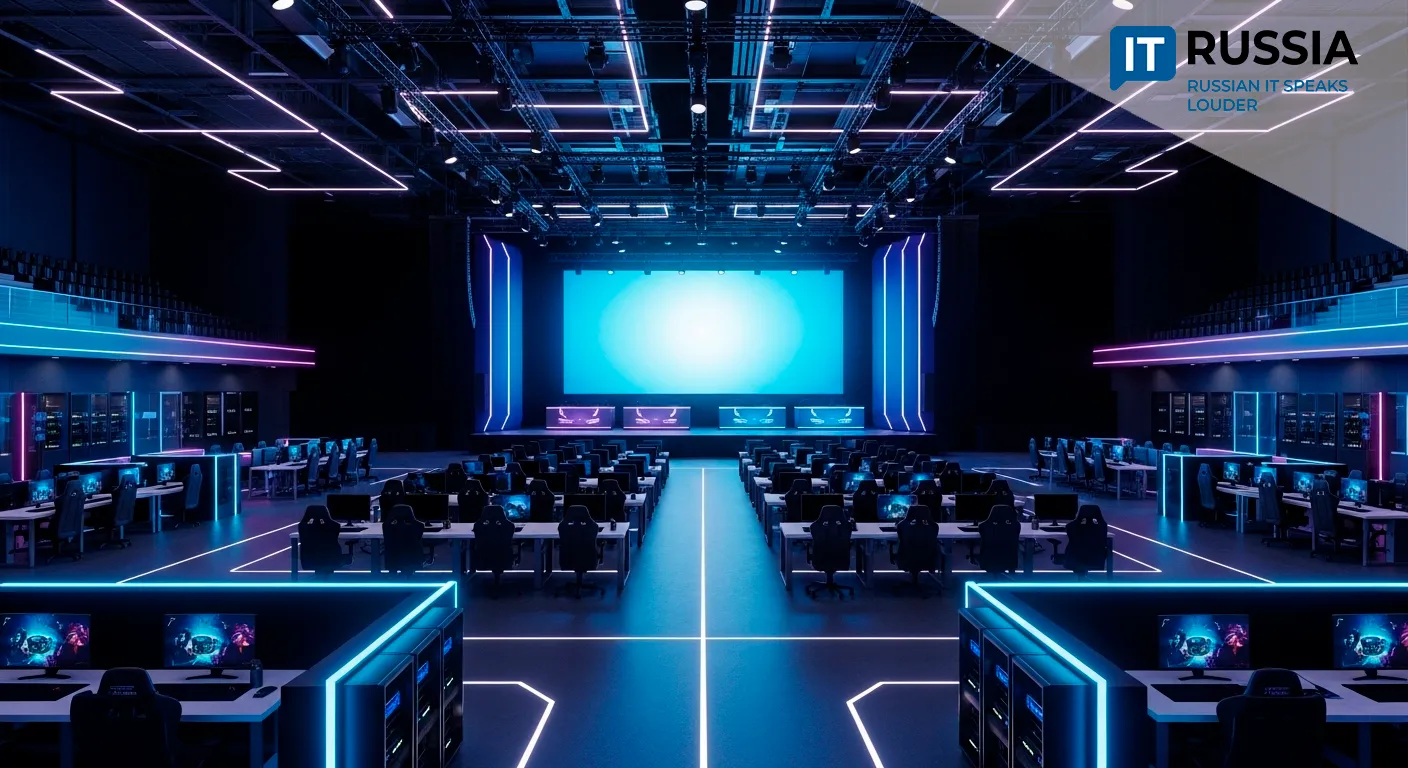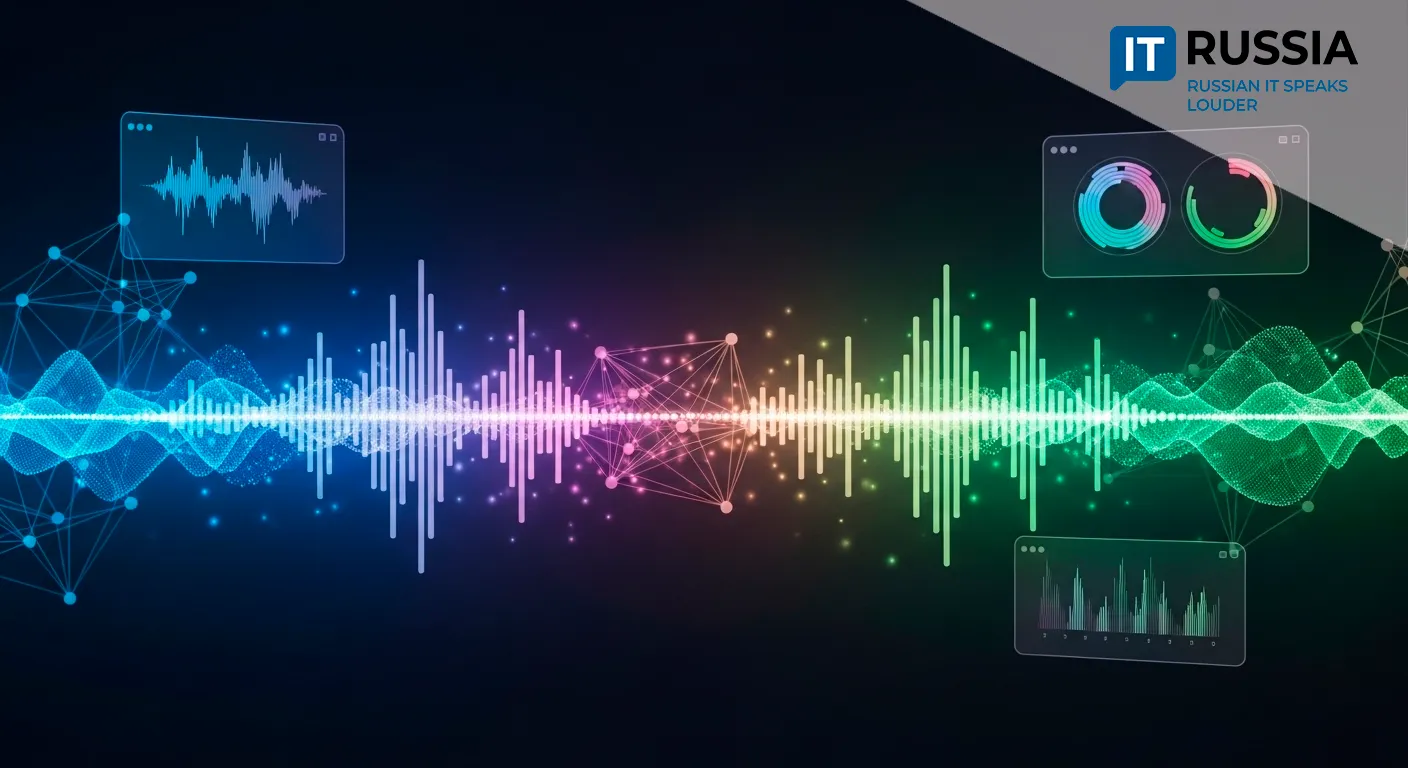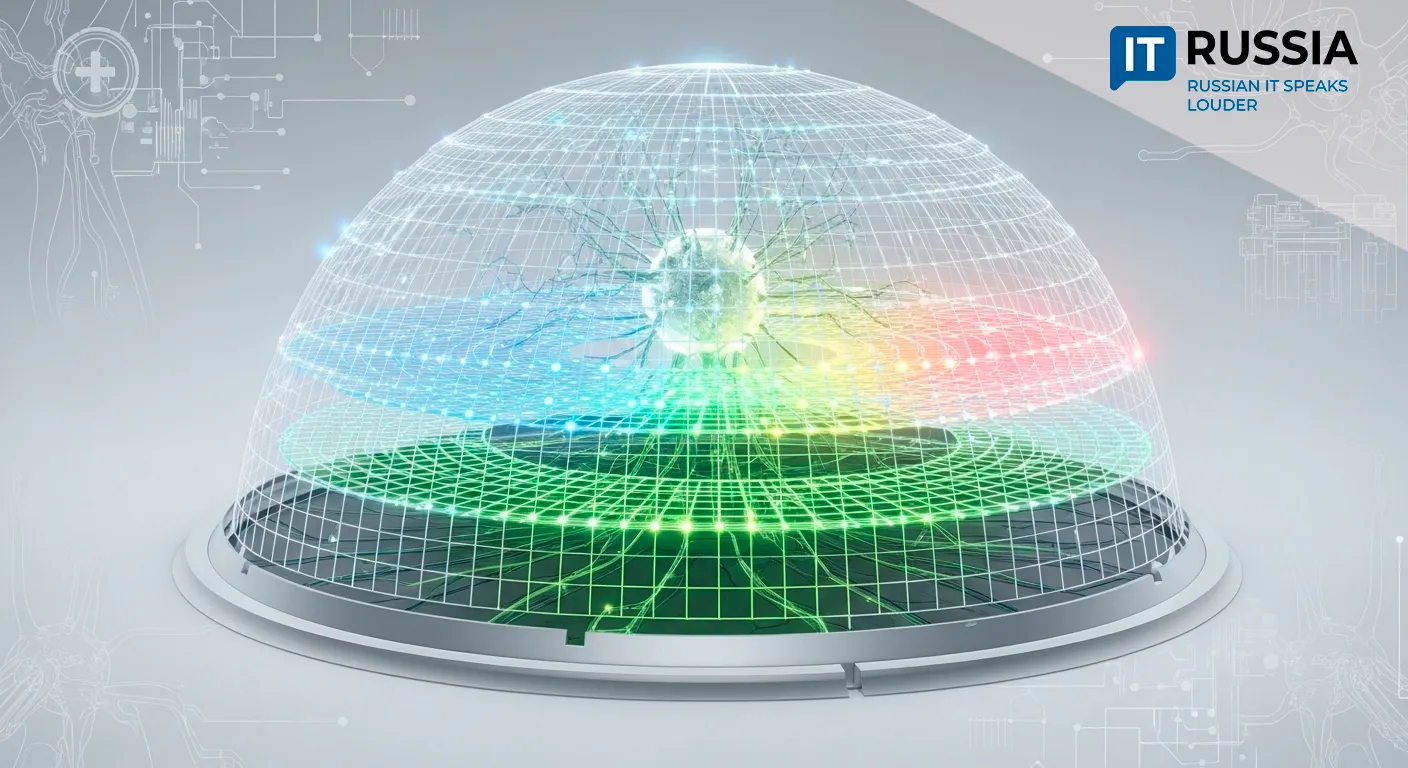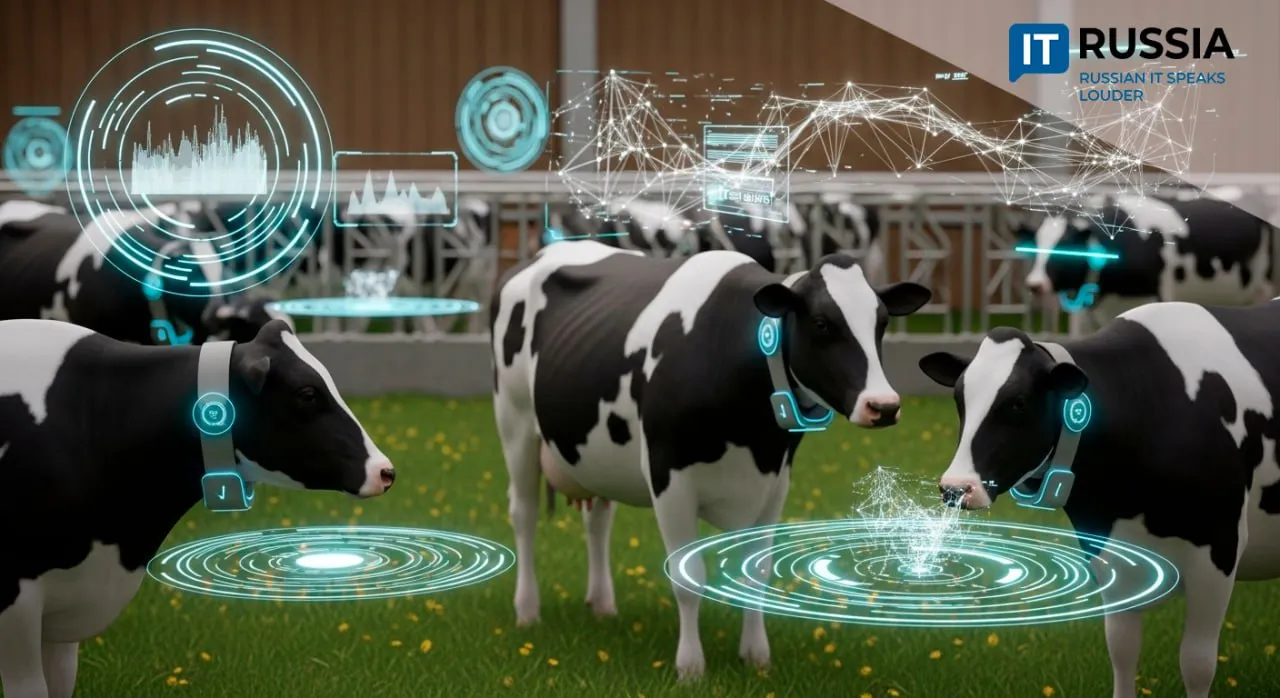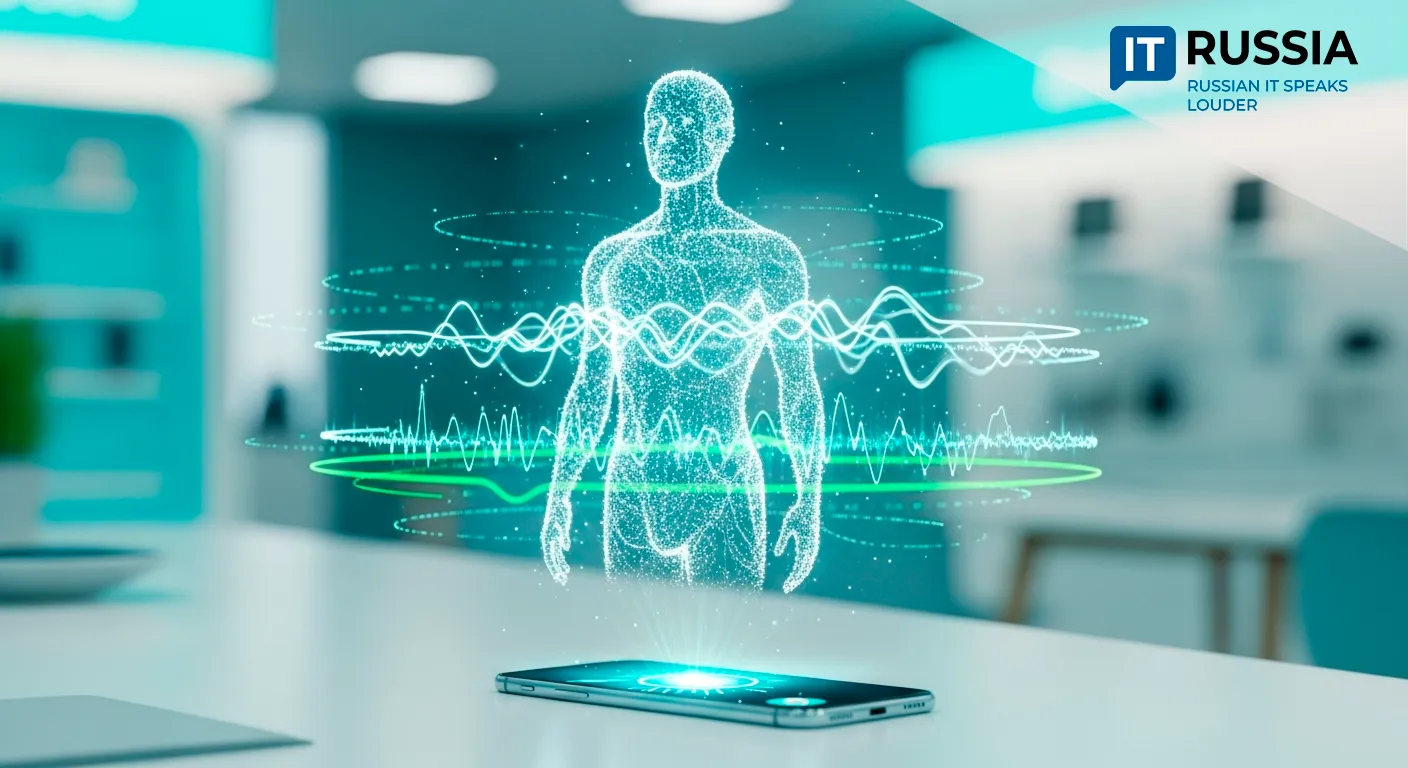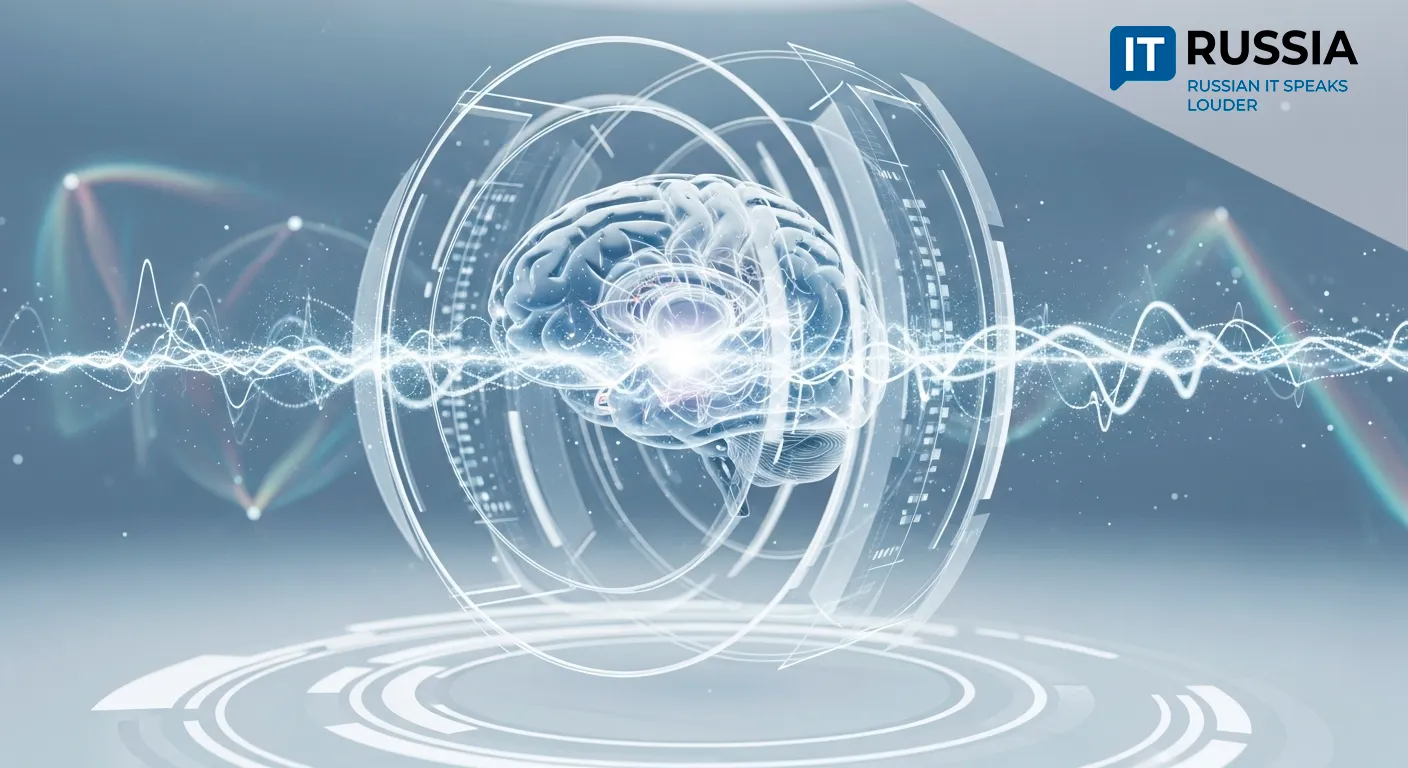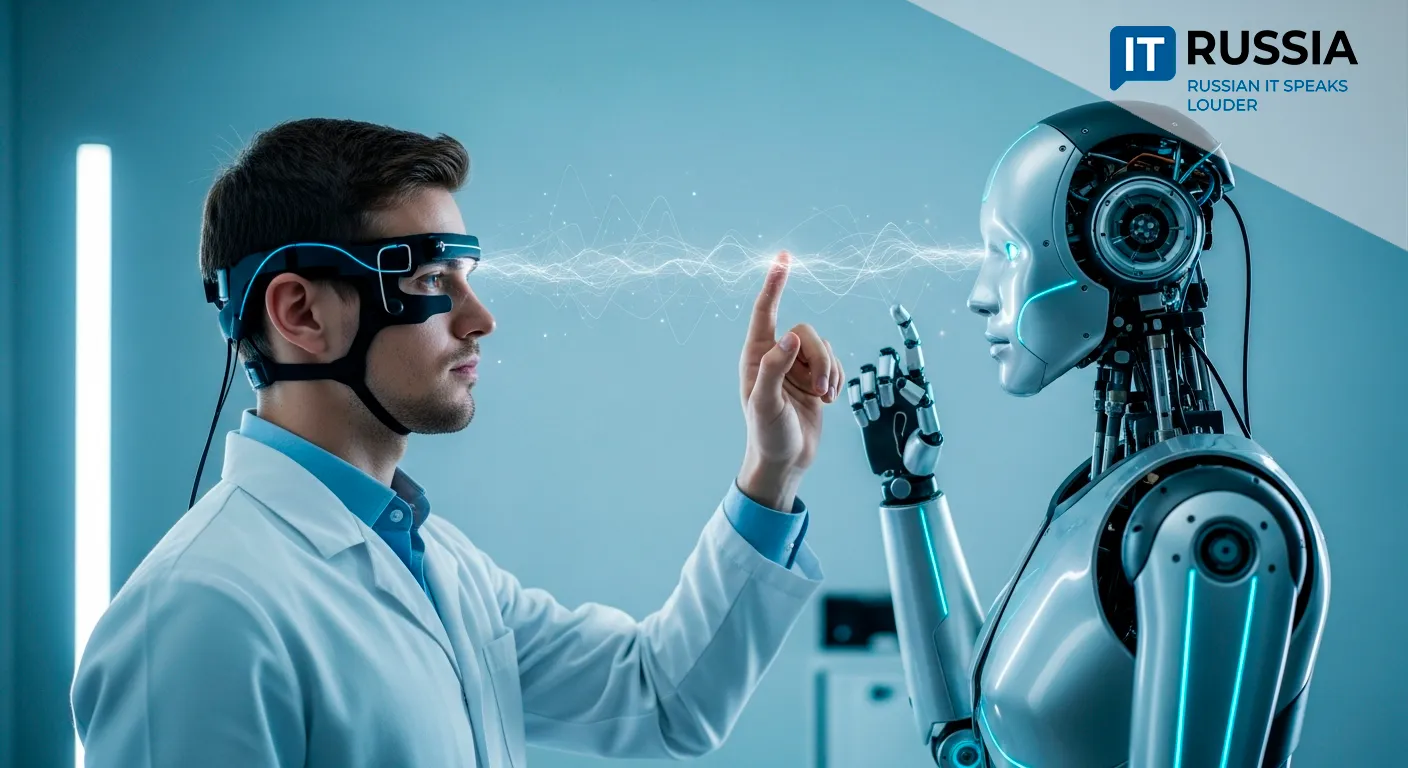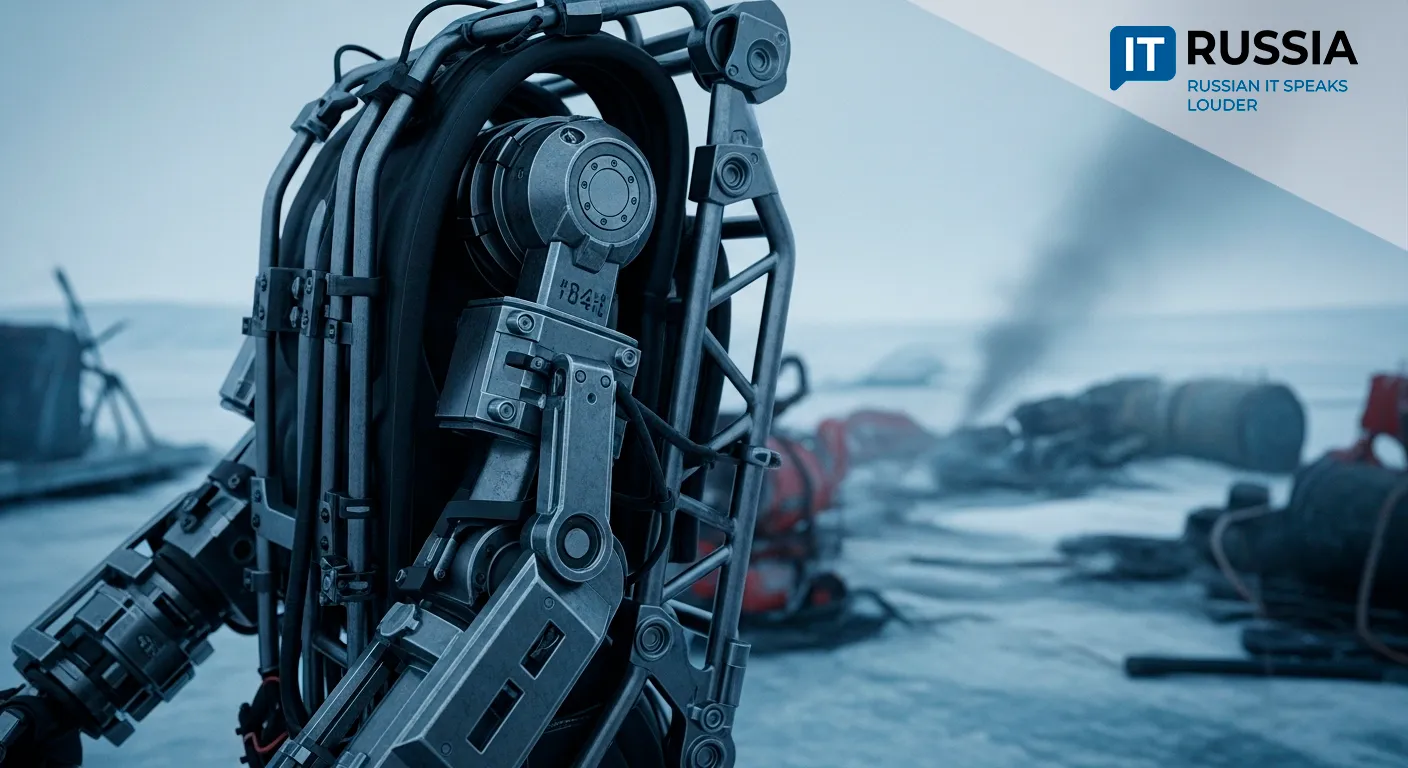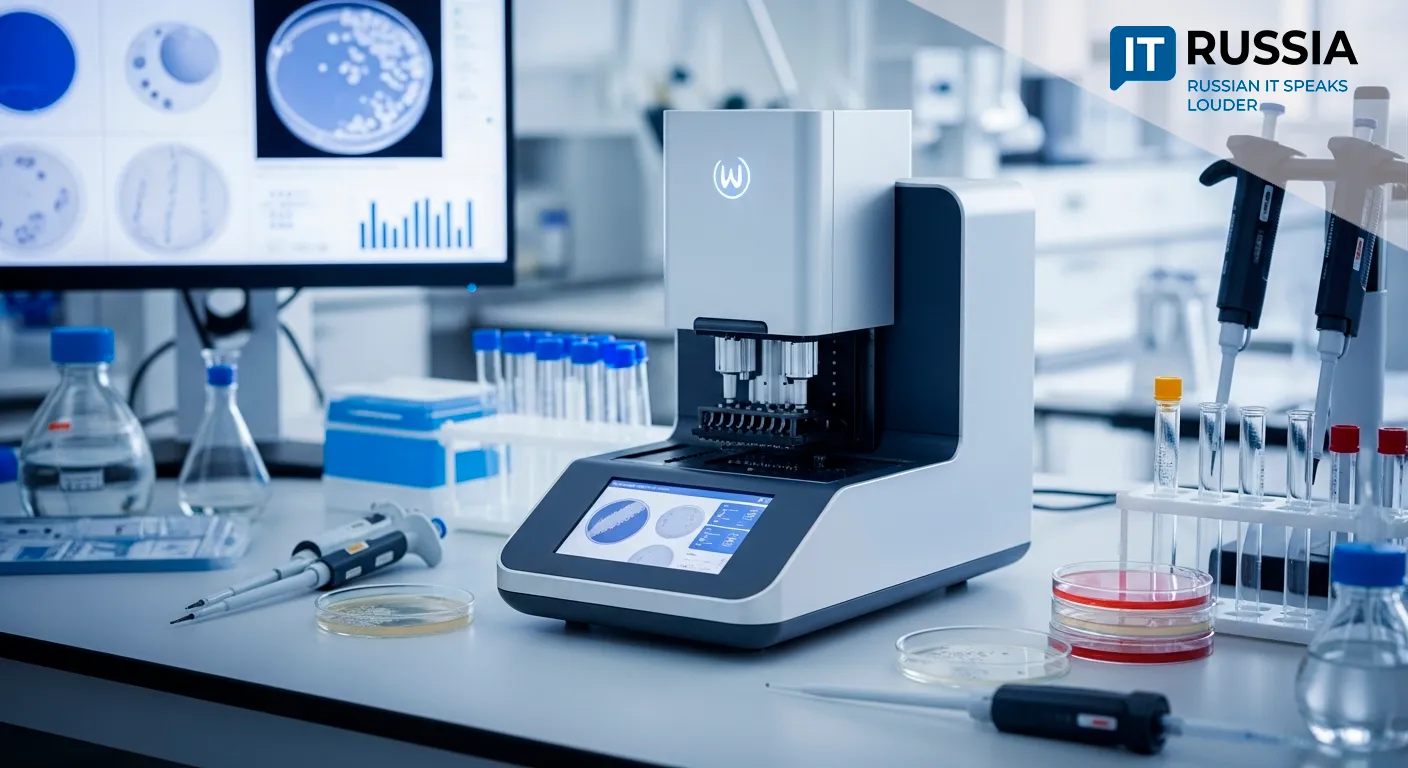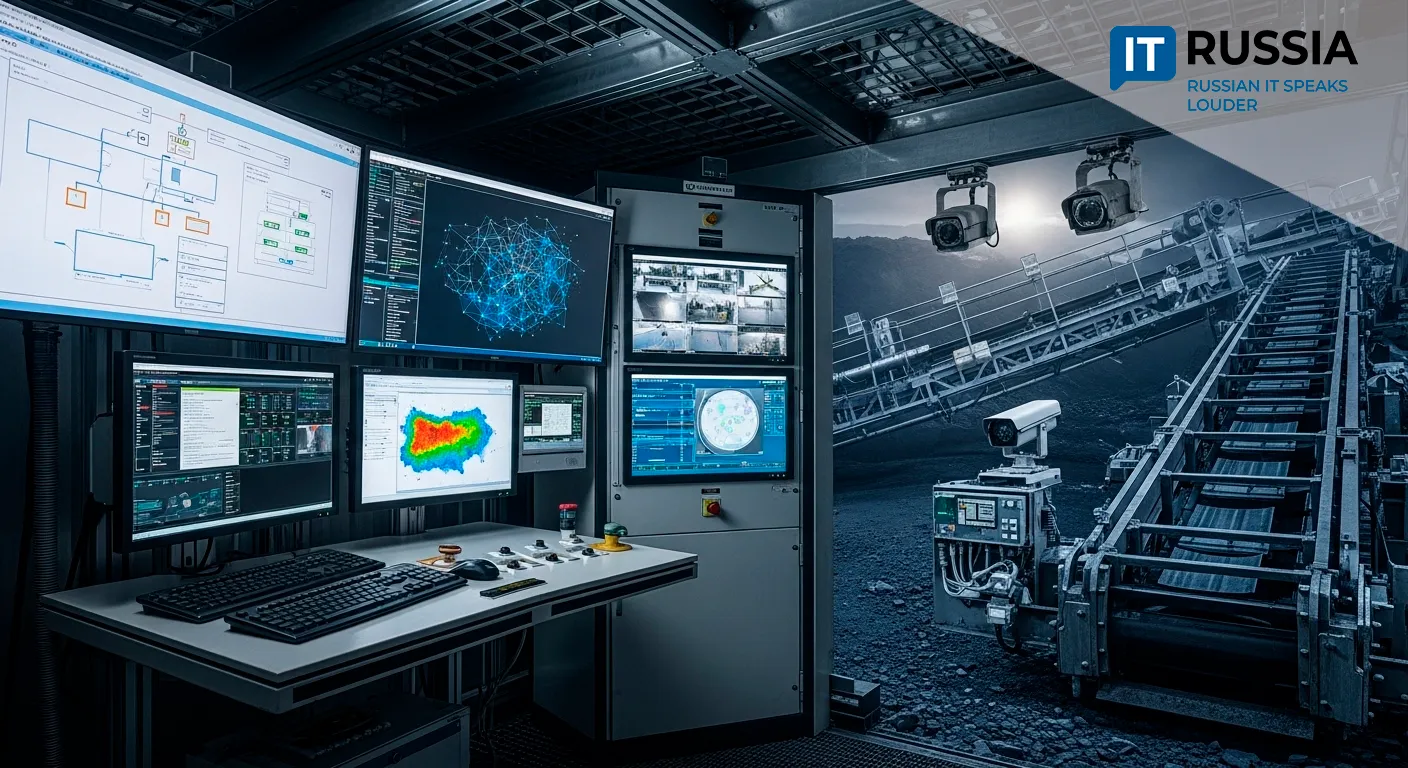WyFormer: Russian AI Algorithm Sets New Standard for Designing Symmetric Crystals

A breakthrough AI tool developed by an international team, including researchers from Russia’s HSE University, could revolutionize how future materials are created.
A New Approach to Crystalline Materials
WyFormer is the first machine learning algorithm designed to generate symmetrical crystals with specific physical and chemical properties. It leverages deep learning techniques and crystallographic principles to consider not only a material’s composition but also its spatial symmetry—an essential factor in the stability and functionality of crystals.
By focusing on symmetry constraints from the start, WyFormer dramatically reduces the time and resources needed to develop new compounds. What used to take years of trial and error in labs can now be accelerated to just a few months. The algorithm opens new possibilities for semiconductor technology, solar energy systems, medical devices, and solid-state electrolytes.
This advancement marks more than a step forward—it is a transformative shift in the field of materials science.
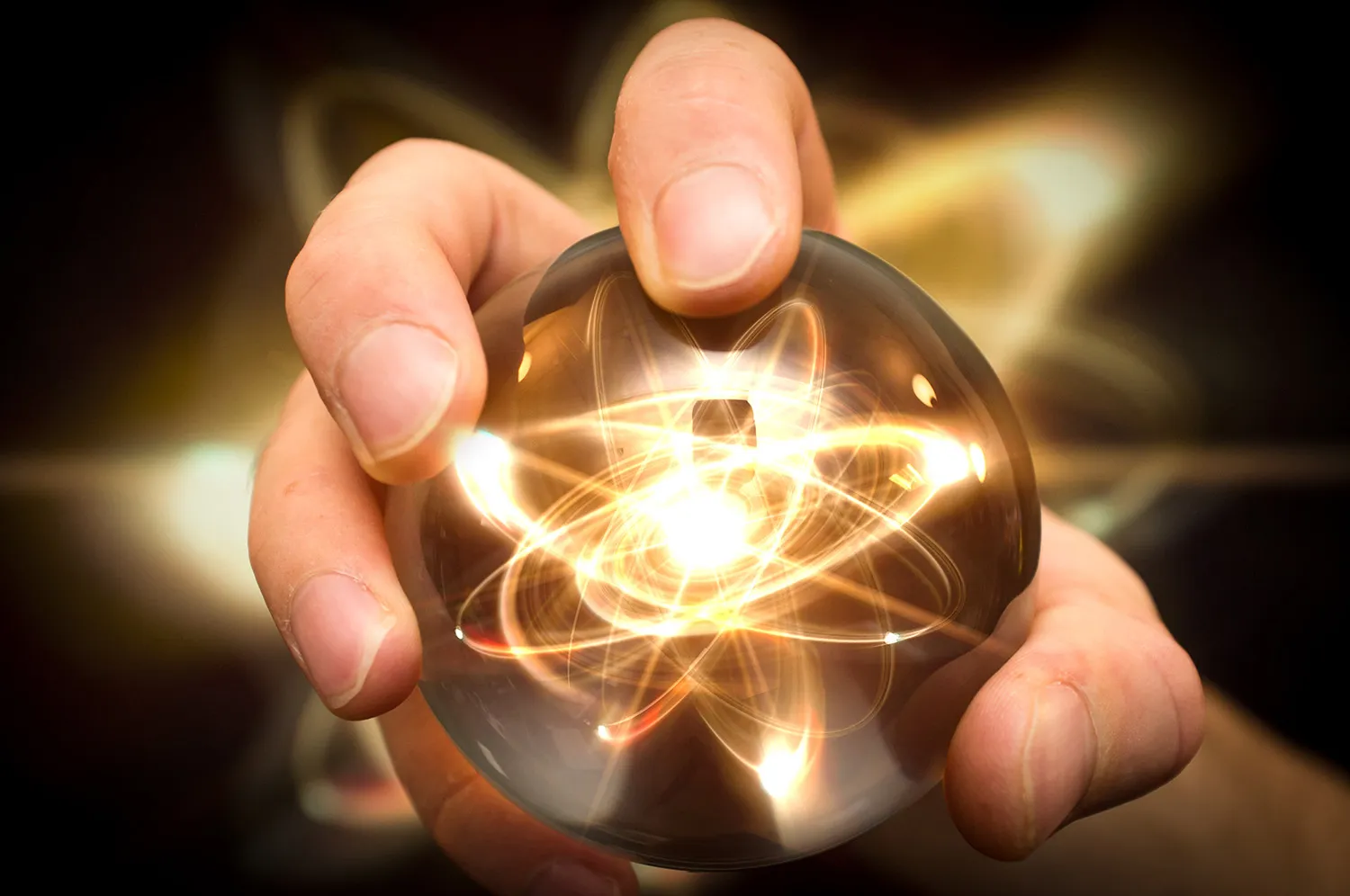
Russia’s Role in a Global Breakthrough
This development is particularly significant for Russia. The National Research University Higher School of Economics (HSE) has demonstrated world-class expertise in both machine learning and materials design. Participation in this international collaboration boosts Russia’s technological sovereignty and supports strategic sectors such as critical-use electronics and microelectronics.
On a global scale, WyFormer addresses urgent scientific challenges like energy efficiency, optics, and medical tech innovation. Importantly, the project is fully open: its preprint is available on arXiv, and its code is published under an open license, enabling faster adoption in labs and R&D centers worldwide.
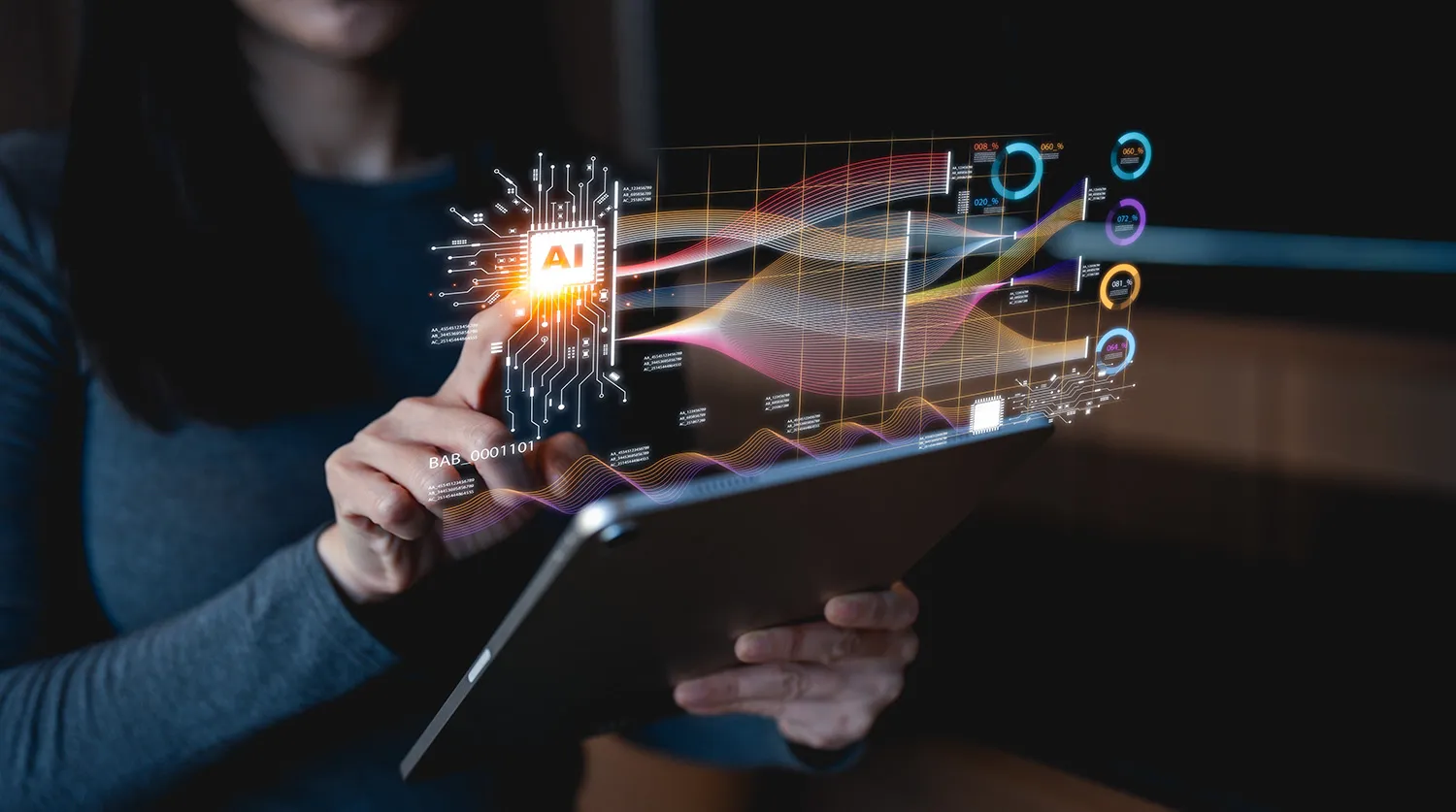
From Laboratory to Industry
One of the key features of WyFormer is its readiness for real-world integration. Its open-source model and accessible datasets make it easy for researchers and companies across borders to incorporate it into their workflows. This could become a gateway for exporting Russian AI technologies.
In Russia, the algorithm can already be implemented at material science labs and high-tech production sites. There’s strong potential for expansion across post-Soviet countries with shared scientific and technical infrastructure.
Its application may move quickly from scientific experimentation to industrial deployment.
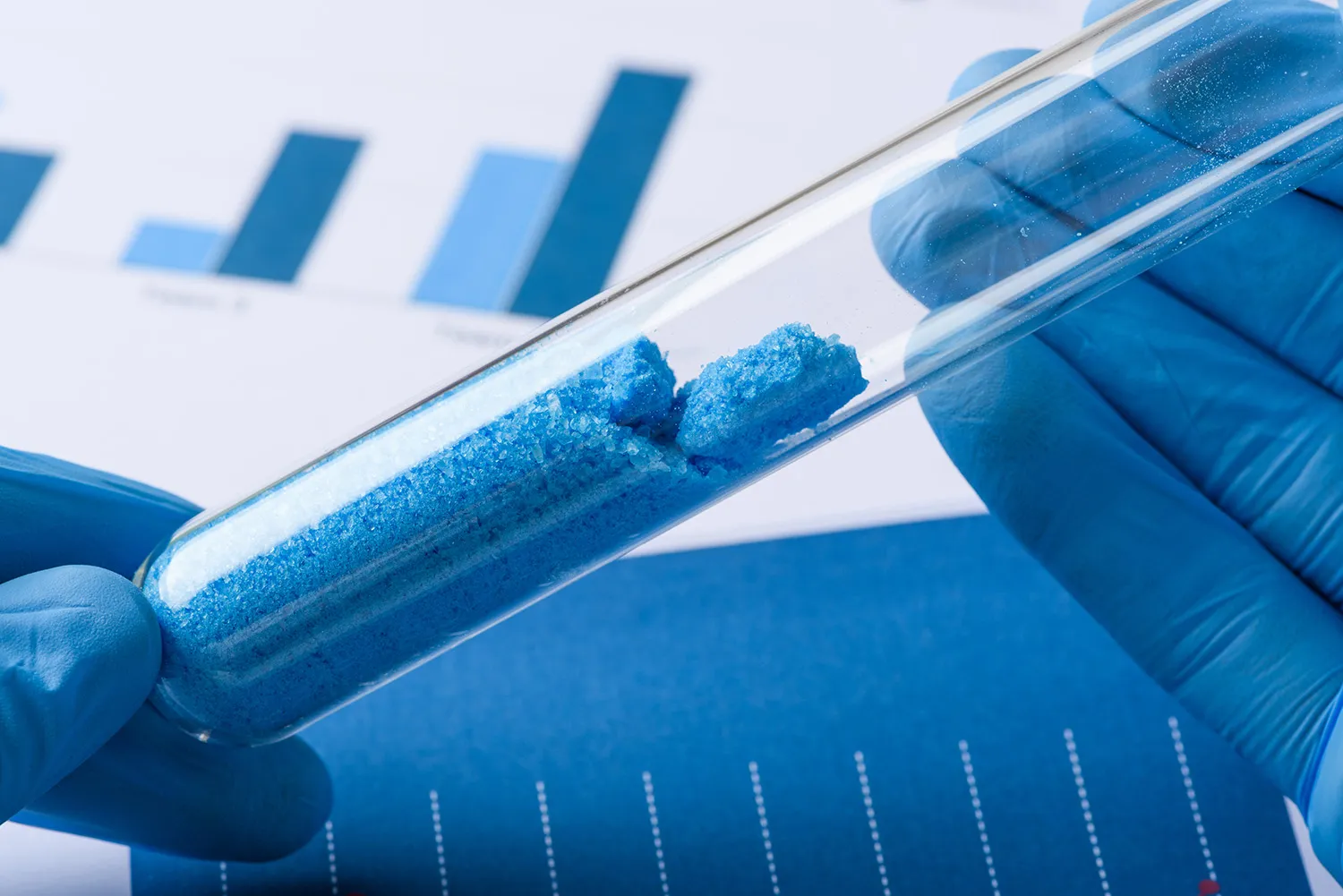
Toward Automated Materials Discovery
WyFormer is more than another academic publication—it’s a major step toward automating the design of advanced materials. Short-term expectations include a practical demonstration by late 2025 or early 2026: the synthesis of a solid electrolyte using a crystal generated by the algorithm.
In the medium term (2–3 years), WyFormer could be adopted in industry, especially in energy and electronics. New commercial startups or spin-offs from HSE University may also emerge.
Looking further ahead (5+ years), Russian AI innovations could enter international markets via Europe and gain traction through scientific consortia and applied research initiatives.
This positions WyFormer not only as a scientific achievement but as a vital tool for technological progress across multiple domains.


